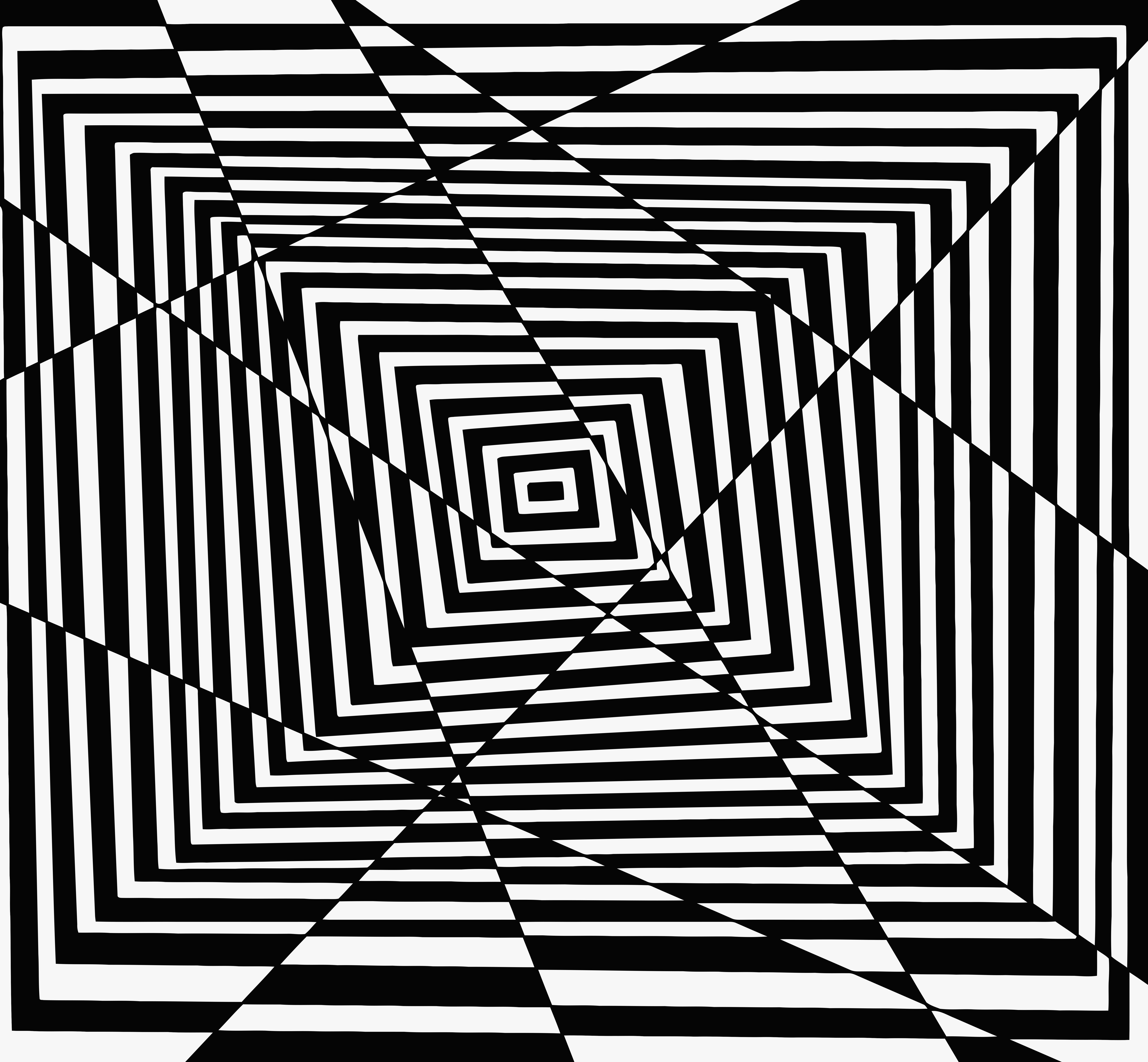The word “gestalt” is thrown around constantly during medical school, residency, and beyond. Although never specifically taught, we all develop an idea of what gestalt means — impression, clinical intuition, gut feeling, something we are meant to develop over time. The concept of gestalt is so widely accepted in medicine that it is even becoming a popular topic of research, in which its reliability is compared to prediction tools, risk assessors, and the like (Sawe 2016; Rosen 2016).
But what does gestalt actually mean?
The German word “gestalt” translates to “pattern” or “shape” (Rock 1990). In psychology, gestalt theory is the study of perception and is frequently summarized by the idiom, “The whole is greater than the sum of the parts.” Sodium and chloride individually are quite different than table salt (Butler 1998; Koffka 1935). This is, of course, a gross simplification of a very broad and profound concept.
According to Rock et al., early gestalt research focused on visual perception over other senses because it was easier to test. It seems psychologists were also intrigued by the complexity of the visual system. Hence, early theories of grouping revolved around vision. Grouping is an unconscious mental processing based on four factors (and later more): proximity, similarity, closure, and continuity (Butler 1998; Koffka 1935). Basically, our brains identify patterns at an extremely subconscious level. Take a look at the image provided for a better understanding of this concept.
As gestalt theory evolved, the principle of “pragnanz” was introduced. Put simply, pragnanz is like Occam’s razor of the brain. When stimuli are ambiguous or incomplete, the brain draws conclusions as to the nature of the whole using the simplest or most logical pattern (Rock 1990). We fill in the blanks or connect the dots, again at a very subconscious level. This explains why camouflage works.
Now, let’s take this psychological concept and apply it to learning. Our brains use the same pattern recognition skills to identify patterns in behaviors, situations, and problems, and allows us to transfer our understanding of those situations to analogous ones (Butler 1998; Rock 1990). So, when we learn that touching a burner hurts because it is hot, we suspect that touching an open fire may also hurt.
How do we apply true gestalt to medical education?
Finally, let’s come full circle, back to why all this matters in medicine. Sawe et al. defines clinician gestalt as the ability to use historical facts and physical exam findings (for example, blood pressure, heart rate, skin turgor, mucous membrane status, history of changes in outputs or intake), to make a clinical decision (for example, the need for volume resuscitation). The gestalt, then, is the ability to recognize patterns of disease, like hypovolemia, acute coronary syndrome, sepsis, and so on. This is why the physician is still an expert (and cannot be replaced by Google). This is why researchers are trying to find investigations that are better than gestalt. Gestalt is the gold standard. It is the best diagnostic tool we have. Amidst the explosion of technological advancement in medicine, the ability of the physician’s mind cannot be replicated.
So, with a clearer understanding of gestalt, let’s use it to improve the way we learn to be doctors. Gestalt is clearly not intuition. It is the meticulous acquisition of complex cognitive skills. It needs to be taught. But medicine has historically been an apprenticeship, where the physician acts as physician and the student is a passive observer. In order to teach medicine in today’s dynamic world, we must be intentional in teaching the concept of gestalt, rather than assume it is being observed. That way, learners are aware of the learning process, how their minds work, and the ultimate goals of their education. Teaching will become more effective and efficient. Medical students will become better residents and physicians. And, perhaps most importantly, the art of medicine will be intentionally and conspicuously paid forward to the coming generations.
Image credit: Four color theorem by Carlos ZGZ licensed under the public domain.

